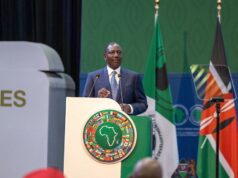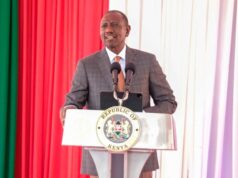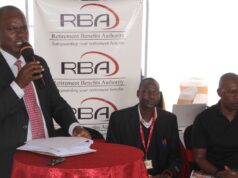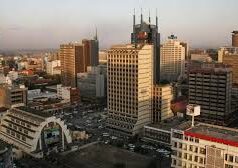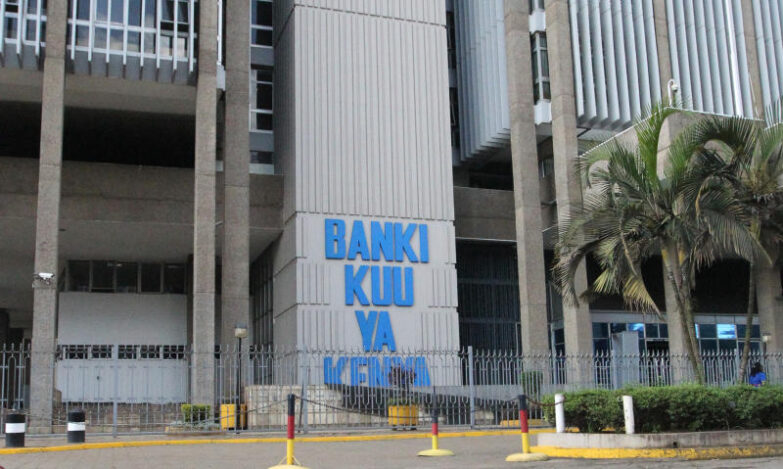
The Central Bank of Kenya (CBK) has implemented a rate hike of 100 basis points, raising the benchmark lending rate to 10.5 percent, the highest level since July 2016. Despite the potential increase in borrowing costs, the move is expected to reduce the cost of living over the next three months. CBK Governor Kamau Thugge stated that the rate increase is aimed at curbing rising inflation, which reached eight percent in May, with the expectation that inflation will drop below the government’s threshold of 7.5 percent by September.
Thugge acknowledged that the combination of higher borrowing rates and the initial impact of tax measures in the Finance Act of 2023 will temporarily raise the cost of living. He highlighted that a recent survey of the agriculture sector revealed elevated prices for key food items, such as sugar and maize.
The rate hike serves a dual purpose, according to market analysts. In addition to addressing inflation, the CBK aims to stabilize the declining value of the Kenyan shilling by limiting the supply of local currency, thereby reducing the high demand for dollars. The shilling has depreciated by nearly 20 percent since last year.
The increased cost of borrowing is expected to burden borrowers already struggling to meet existing debt obligations. While banks have adopted risk-based lending, where borrowing costs are determined by an individual’s credit score, no loan is expected to be offered at less than 13.5 percent. The average commercial lending rate stood at 13.1 percent in April, the highest level since July 2018, while the overall loan default rate reached a five-year high of 14.9 percent.
The rise in borrowing costs is likely to affect private sector credit growth, which has remained resilient at 13.2 percent in both April and May. Analysts anticipate that commercial banks may allocate more funds to government lending, as the government currently offers high yields of nearly 15 percent for bonds with durations of less than 10 years.
Since the repeal of the Banking Act in 2016, which capped borrowing rates at 14 percent, credit to the private sector has been increasing. The manufacturing, transport and communication, trade, and consumer durables sectors have experienced strong credit growth, reflecting sustained demand for credit and robust economic activities.
The CBK’s foreign exchange reserves, currently at $7.4 billion, provide sufficient cover and act as a buffer against short-term shocks in the foreign exchange market.



